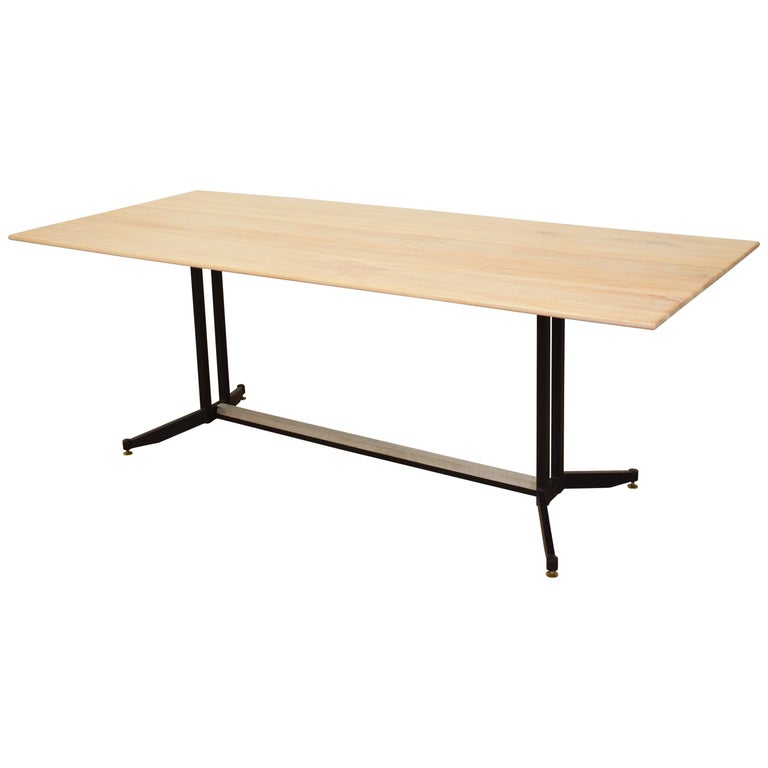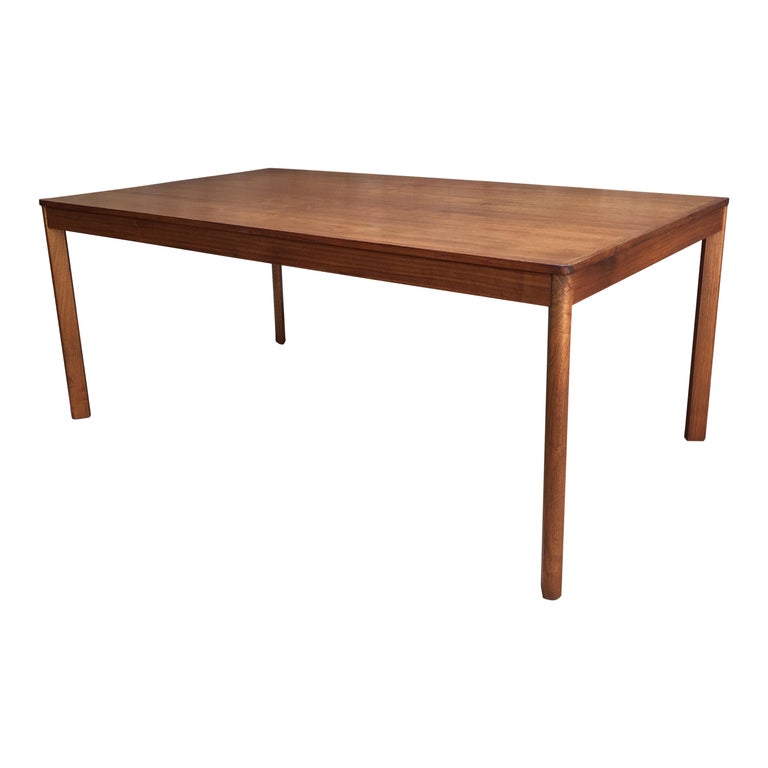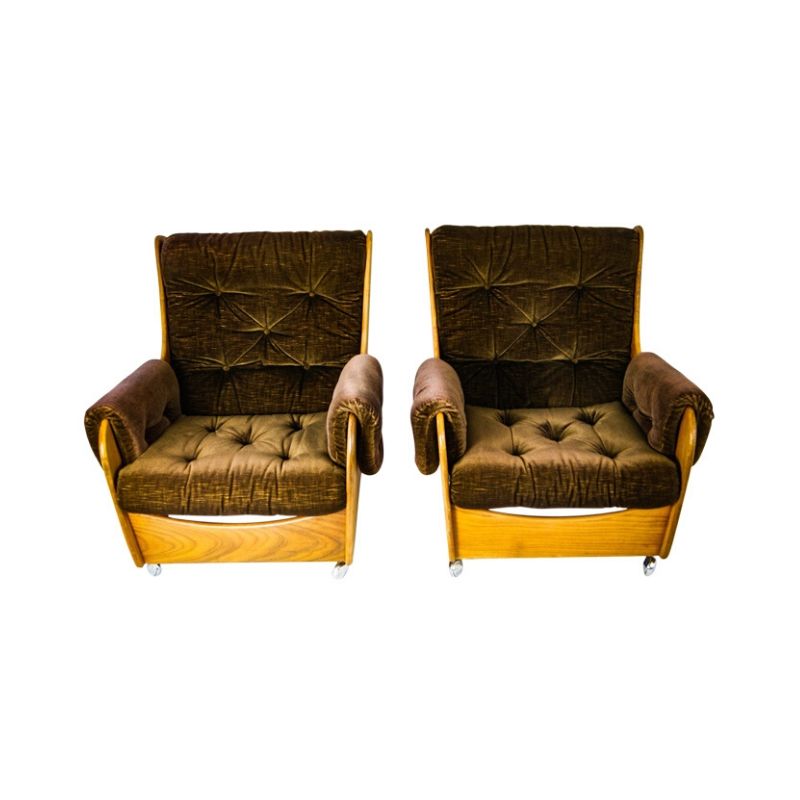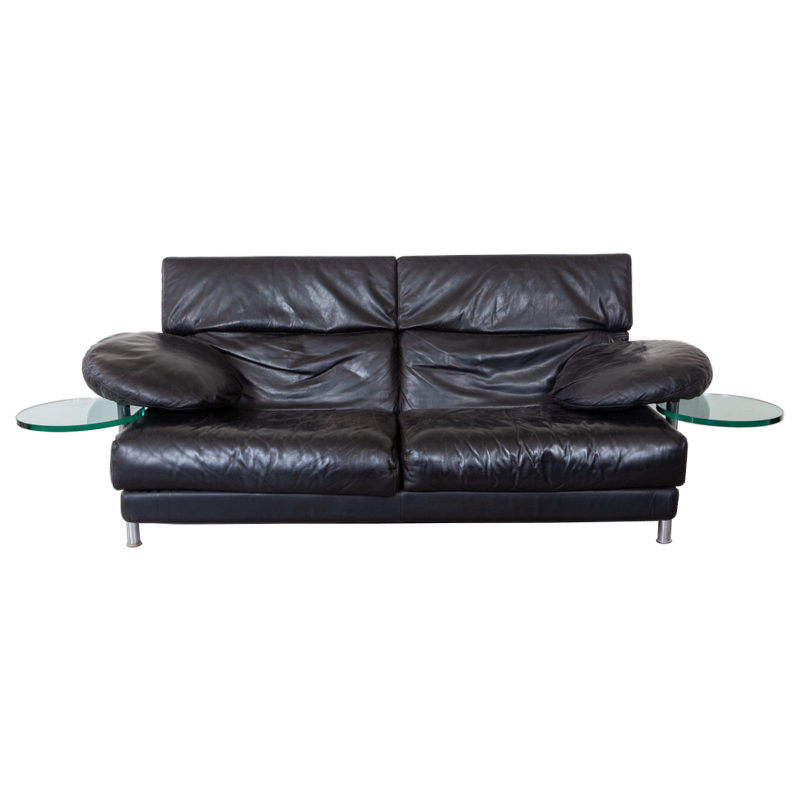Olive - here's what the experts say...
I cut and pasted this from the Planet Slayer section on Australia's ABC website (it's our version of the BBC).
Q: Isn't even the "worst wood-burning option" lower in CO2 emissions than natural gas or coal-fired electricity, since the wood fire only recycles ex-atmospheric CO2 back where it came from? (i.e. With the tree as solar collector, wood heating is solar heating, albeit smoky if done poorly.)
A: Afraid not Erik.
You're right - burning wood puts CO2 back in the atmosphere where it came from. But so does burning coal, oil and anything else that formed from a prehistoric swamp.
All our fossil fuels started off as CO2 in the air. It then got photosynthesised into plants, which were occasionally eaten by animals. Many eons and much squashing later, the whole lot of them became coal, oil and natural gas.
When we burn wood, coal, oil or gas, we release CO2. The idea is to release as little of it as possible by choosing the most energy efficient option. For heating, that's gas (0.7kg CO2/hr) - followed by electric heaters (2kg/hr), and then open fires (3.3kg/hr).
That's not to say that we should never have an open fire - they're beautiful things, and frankly no one's ever been moved to write poetry by a 5 star gas heater.
Just remember that every 3 hours spent gazing lovingly into someone's eyes by firelight is doing as much damage as driving 30km - so maybe cycle to work for a few days after your next Mills and Boon moment.
As per usual the "Experts" dis-inform
Stephen, the expert cited in your example, failed to truly recognize wood as a renewable resource. The guy asking the question (Erik) was actually more correct. Wood is a nearly carbon neutral resource by virtue of the fact that a tree planted to replace the one cut down for fuel will absorb the carbon emitted by the burning of the downed tree over the new tree's lifetime. That can't be done with fossil fuel, although it did indeed originate from plant life. There is no way to offset fossil fuel's CO2 emmisions by planting a new Precambrian forest! Fossil fuels are carbon that was sequestered over millions of years that have been sitting around for millions of years more! Now we've released a big bolus of stored carbon/CO2 energy in a very short time, releasing into atmosphere what took eons to sequester. The two equasions, wood fuel versus fossil fuel are not remotely comparable!
Some data on that from www.Woodheat.org, a Canadian organization:
"Using Wood Fuel to Reduce Greenhouse Gas Emissions"
"The actual reduction in household CO2 emissions by using wood instead of fossil fuels cannot easily be estimated with precision. However, a rough estimate can be made in the case of wood substituting for the use of fuel oil. The CO2 emission factor for fuel oil is 3kg/litre; i.e., for each litre of oil burned, 3 kilograms of CO2 would be emitted. A standard 200 gallon tank holds 909 litres of fuel, so the burning of a full tank would release 2727 kg of CO2.
The combustion of wood fuel is not completely CO2 neutral considering that there are fossil fuel inputs to firewood production (chainsaws, splitters, trucks) and that the combustion of wood releases some methane and carbon monoxide which are greenhouse gases but which are not absorbed by trees as they grow. To account for those fossil fuel inputs and other greenhouse gas emissions let us be generous and assume that wood is only about 75% CO2 neutral. The reduction in CO2 emissions for a household that displaced the use of one 200 gallon tank of oil through the use of wood fuel is 3 x 909 = 2727 x 75% = 2045. So, for each 200 gallon tank of fuel oil displaced by wood fuel, more than two fewer tonnes of CO2 would be emitted. That would mean that the owners of a house of modest size that would have used two tanks of fuel oil each winter for heating would, if they switched 100% to wood heating, cut their GHG emissions by at least four tonnes."
Below is a link to the US Dept of Energy's info on the same subject. If you care to dig into this further, follow the link to the energy calculator.
Articles like the one Stephen cites frustrate me. Incomplete information steers folks into making poor choices. And, sadly, too many folks, whether it's about knockoffs or something like this discussion, easily accept the first reasonable argument they hear and do not take the time to properly inform themselves. Caveat Emptor...so true...so true
http://tonto.eia.doe.gov/ask/generalenergy_faqs.asp#compare_heating_fuels
Olive
Thanks for all the information. I am glad to see sources that verified my feeling that the CO2 was more or less carbon neutral for burning wood. I think Stephen is probably complaining more about the soot and local pollution caused by inefficient fireplaces. In many areas, the local governments call for no burn days when the air is bad and I know our codes have required fireplaces to have doors that seal and an outside combustion air source.
I thought a difference between a wood stove and a fireplace had to do with being able to close a door and control the combustion air. I was told that an open fireplace could suck more heated air out of the building than the fireplace contributed (assuming a furnace was the primary heat source.) It's also tough to get logs to last all night.
OLIVE - Check this out
Olive
This is from the ACF (Australian Conservation Foundation) website.
As winter sets in, and people living in the southern parts of the country start digging out the thermals, it is a good time to think about how best to heat up our home. Around twenty percent of Australian homes use wood for heating and many of us like the idea of spending a romantic night curled in front of a fire. However most fireplaces don't cut the mustard when it comes to energy efficiency or reducing air pollution.
The average open fireplace is a highly inefficient heat source with barely ten percent of the heat generated by the fire remaining in the living area, and most of it escaping up the chimney.
Burning wood in an open fireplace creates large amounts of smoke, full of gases, chemicals and fine particles that can have a serious affect on our health. Always try to avoid leaving a fire to burn overnight, as a smouldering fire with little flame produces a lot of smoke and large amounts of methane - a very strong greenhouse gas.
Unlike fuels such as oil and gas, wood is a renewable fuel - when we burn wood, the same amount of carbon dioxide is released if the tree died and was left to decompose on the forest floor. However most firewood harvested for use in Australia comes from old-growth forests, which has a devastating impact on native habitats and ecosystems. The transport of firewood to urban areas also adds to the air pollution caused by wood fires. When choosing your firewood, ensure you source a sustainably harvested wood, or a product such as Eco Logs (a compressed, long-burning log manufactured from clean, dry sawdust and shavings). These are available from various retail outlets including many hardware stores.
Tips for heating the home efficiently:
* Draught proof your home: close off open fireplaces and unused pet doors, fix draught-stoppers on doors and seal your windows with insulation strips.
* An open fire uses around five times as much energy to heat a room as a gas heater. If you are renovating and want a fire, consider installing a closed slow combustion wood heater or better still, a gas one.
* Don't overheat your home - reducing the thermostat of your heater by just one degree can reduce energy consumption and greenhouse pollution by up to 10%.
Stephen...read the thing you posted more carefully
FIREPLACE... FIREPLACE! Not woodstove. There is a big difference! Pay attention!
Now repeat after me....
Fireplace= Bad
Woodstove= Good
Exceptions:
High-mass, circuitous flue fireplaces are good.
Big gaping, open woodstoves are not good.
To Heath
You are correct sir, I meant to say Stephen and did get confused. Been flying all week and not sure even what day it is. One (myself) should not chip in a post without a proper amount of sleep. My apologies.
This thread has gotten wickedly technical. I do like the look of the original orange colored "burning unit" though. Friends had one when I was much younger at a ski house in Vermont. It was however twice as big and fashioned out of a wonderful aged copper, or at least what looked like copper as I recall.
To answer the original...
To answer the original post, it looks like a Preway. No longer produced by maybe 20
years. So installation gets complicated. Hard to get replacement parts etc. And may not be
to code in most areas. They seem to be used these days outdoors on a patio.
I like them. very mod. My next door neighbor has one in his bedroom, installed in the
late 60's? I did some research about it a year ago when he showed it to me. Not very
efficient.
I see them on e-bay and craigs list. And expensive considering installation costs and all
the retrofitting and in the end not efficient as a heat source. A shame. They are
really cool! (but beware of the nostalgia factor as most homeowners insurance won't
cover many of these older models)
Much more efficient options are out there. And some are just as good looking.
Olive is correct. Steven was not reading his posts clearly. 'open fire' is a very different
comparable heat source.
We have a traditional fireplace. Not used for heat, just an occasional sunday as it was
intended when it was designed in the late 50's. But when the power goes out in a storm, it
is a welcome survival tool. Heats the entire room to 78 in record time. We only lost
power once for 6 hours this past winter, but nice to have the back-up.
a bunch o links
most are hideous, but robert1960's is in here (the lancer):
http://www.malmfireplaces.com/
******
some are a bit tragically precious, but there's a few interesting ones:
http://www.trendir.com/archives/cat_fireplaces.html
******
stunning, but if you can afford this thing, just start a big pile of money on fire in your backyard and cozy up next to it:
www.fireorb.net/start.html
*****
and one more: http://www.euroflues.com/gallery.php
Burn, baby, burn.
Here's one I rather fancy
but I can't bring myself to installing it, living in Florida and all. It might make sense to use on only a handful of nights a year, which seems kind of silly.
http://www.rais.com/Default.aspx?ID=56&M=Shop&PID=58&ProductID=84
Need a manual for the preway woodstove
HI my name is josh and i am in dire need of a manual for my preway woodstove. I have been searching everywhere for one and nobody has one. i would be willing to pay for a copy. My insurance company is threatening to cancel my policy if i do not have a manual that tells the specs. Please help, thank you
Maybe that's
you can get Michael 4244 to copy his for you:
(Scroll down to middle of page, message #4)
http://forum.doityourself.com/showthread.php?p=1323799
If you need any help, please contact us at – info@designaddict.com









